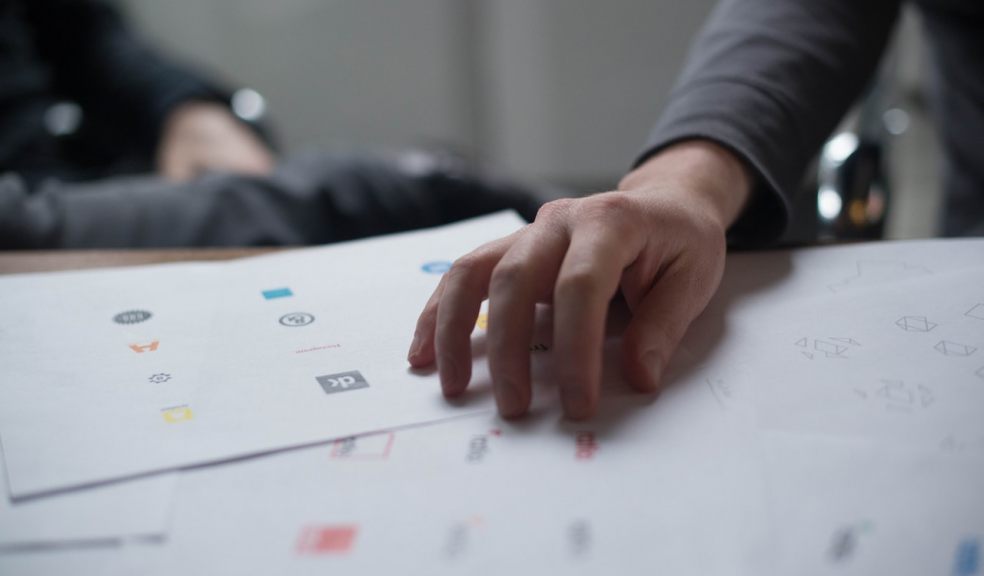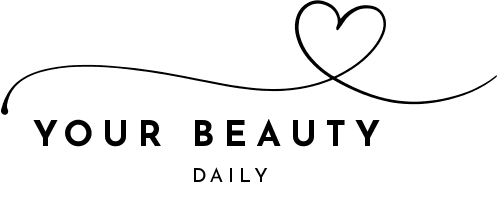
3 steps to creating a slick startup logo
When you’re launching a startup, there are a million important things on your mind.
For starters, you’ll have to develop your kernel of an idea into a fully-flourished business plan if you hope to secure the funding necessary to develop it to its full potential.
And you might be shelling out on prototypes to ensure a novel product works and market research to assess whether there’s enough consumer demand to make it profitable.
Then there’s the issue of deciding whether you’ll have a physical store as well as an online presence and hiring the core staff needed to get started.
However, once these building blocks are in place, don’t forget that branding is a brilliant way to differentiate yourself, so taking the time to design a dynamic logo can really pay off in the short- and long-terms when it comes to connecting in a subtle yet sophisticated way with customers.
The most legendary logos are recognisable to consumers even when they’re reduced to their most abstract elements – but achieving this type of fantastic foothold in the cultural milieu happens by design rather than by accident.
To get you thinking, here are three steps to creating a slick startup logo.
Keep it simple
You might believe that your achingly clever rare tropical flower logoelegantly encapsulates your brand story, company values and product offering. But to the uninitiated potential customer, the chances are that it looks like a bruised banana.
Including a clever quirk or feature in your logo is fine but keeping it simple and relevant is always your best bet.
Tip:Logos for multinationals like Apple and Amazon are masterpieces of memorable simplicity – for more ideas, browse this 99designs article on simple logos.
Consider colour
Colours can have a powerful yet often subconscious effect on how customers perceive your new brand – for instance, there are conventions that yellow is associated with creativity, blue with calm and red with dynamism and passion.
So choosing the right colours for your logo is essential in pushing the right psychological buttons with customers, but getting it wrong can lead to woeful associations – for instance, beware the biological associations of shades of brown and green!
Tip: This Canva article on choosing the right colours for your brand is a brilliant how-to guide for logo hues.
Think about placement
As a modern business, you’ll probably want to place your logo on everything from your website to emails, printed catalogues to physical merchandise and company cars to office and store hardware and furniture.
So you’ll need to make sure that your new logo looks just as good on a building-sized billboard as it does on your LinkedIn and Facebook profile and doesn’t incorporate too many fiddly details that disappear when it’s resized.
Tip:Placing your logo on a practical item can be effective – for an eminently straightforward example, consider logo mats from the likes of Kleen-Tex to create a super instore impression.
Developing a logo that ticks all these boxes and is timeless rather than totally trendy is no mean feat, but it’ll pay off in the short term while you launch your business and further down the line as you consolidate successes and sustain steady growth.
Follow these three tips and you’ve got a head start on a logo that’s got style and stickability.

















